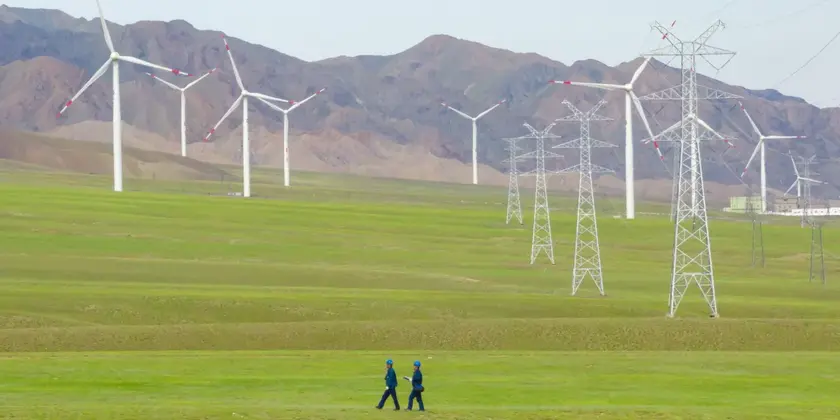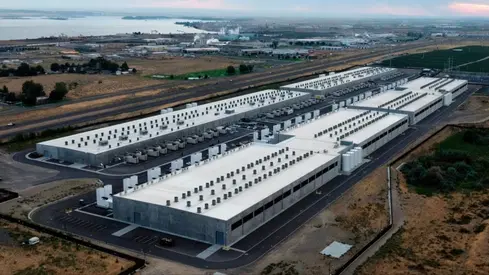T4K3.news
US grid risk to AI growth
A key US energy bottleneck could slow AI progress as China expands its energy capacity.

A Fortune analysis contrasts US grid fragility with China’s expansive energy buildout and argues the gap could slow US AI progress.
US grid lags threaten AI growth as China expands energy capacity
US AI growth hinges on a power grid that can keep up with data-center expansion. Deloitte’s industry survey finds city grids are strained as demand from new centers climbs, and some operators are already building their own generation or backup capacity. Analysts warn energy costs and grid bottlenecks could slow AI development, highlighting a world where the data-center surge may outpace grid readiness. McKinsey projects trillions of dollars in data-center capex globally between 2025 and 2030, underscoring the scale of the challenge. Goldman Sachs frames the situation as a bottleneck where AI demand outgrows the grid’s traditional development cycles.
In contrast, China is described as operating from a position of energy abundance. Experts say China maintains reserve margins well above typical need, with plans to absorb AI demand and renewable growth by overbuilding across generation, transmission and even nuclear. The governance gap is wide: US projects depend on private investors seeking quick returns, while China uses long-term state planning to ensure capacity when demand arrives. This divergence raises questions about whether the United States can keep pace with AI innovation if its energy backbone remains underbuilt and underfinanced.
Key Takeaways
"They’re set up to hit grand slams"
Fishman on China’s energy planning versus US weakness
"The gap in capability is only going to continue to become more obvious"
Fishman on the US capacity gap
"AI demand is outpacing the grid’s decade-long development cycles"
Goldman Sachs on the bottleneck
"U.S. policymakers should be hoping China stays a competitor and not an aggressor"
Fishman on strategic dynamics
The article lays bare a structural mismatch between American market incentives and the energy scale AI requires. A private finance model that prizes short-term returns clashes with infrastructure that takes years to plan and build. That friction risks turning grid limits into a drag on the AI race, accelerating a leadership shift toward a country willing to fund and deploy at scale.
Policy and capital choices will decide the outcome. Without public financing or clear incentives to de-risk long-term energy investments, the US could fall further behind as data-center demand grows. Reform ideas include streamlined permitting for generation and transmission, federal backing for essential long-term projects, and a broader view of data centers as critical infrastructure rather than a political flashpoint. The stakes go beyond tech bragging rights; they touch the country’s economic resilience and job creation in a data-driven era.
Highlights
- They’re set up to hit grand slams
- The gap in capability will widen unless the US changes how it funds infrastructure
- AI demand outpaces the grid’s development cycles
- China treats data centers as a way to soak up oversupply
Grid and policy risk to AI leadership
The article highlights serious risks if the US cannot expand its energy generation and transmission to match AI demand. It points to political and budgetary hurdles, long permitting times, and potential investor pushback, which could slow progress and affect competitiveness.
Policy and capital will decide whether the US catches up or cedes the lead.
Enjoyed this? Let your friends know!
Related News

Europe must upgrade grids to close the AC gap

OpenAI CEO warns about AI fraud crisis

AI Is Increasing Unemployment Among Young Tech Workers

AI threatens white-collar jobs in the UK

Technology firms focus on data centre efficiency

Fed rate cut pressure grows after Bessent remarks

OpenAI signs deal with UK government for AI implementation

Mooresville faces clash over Earnhardt data center plan
